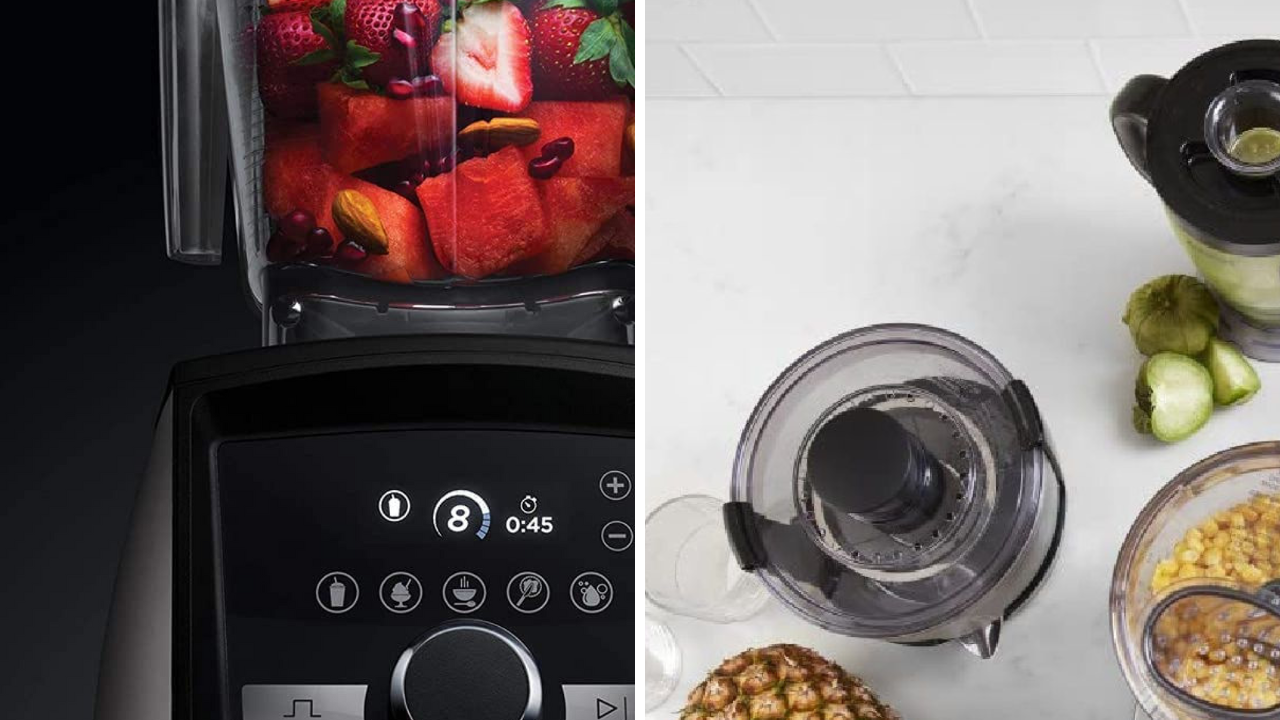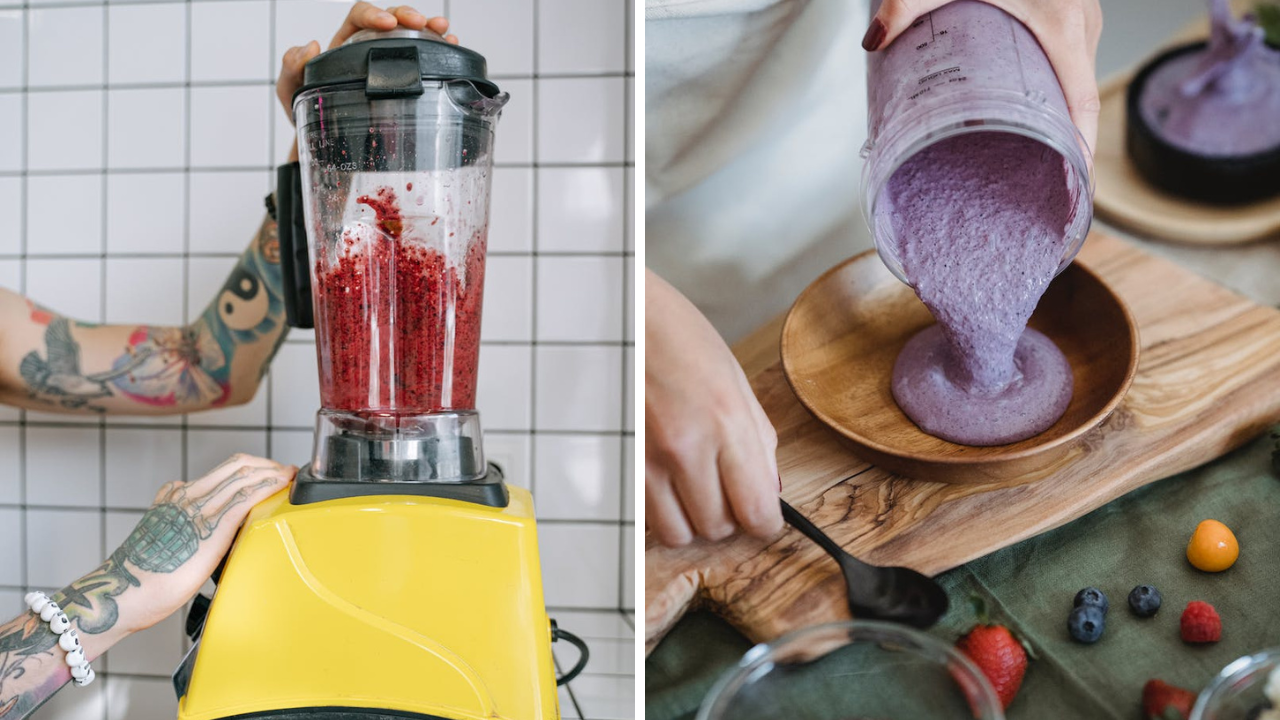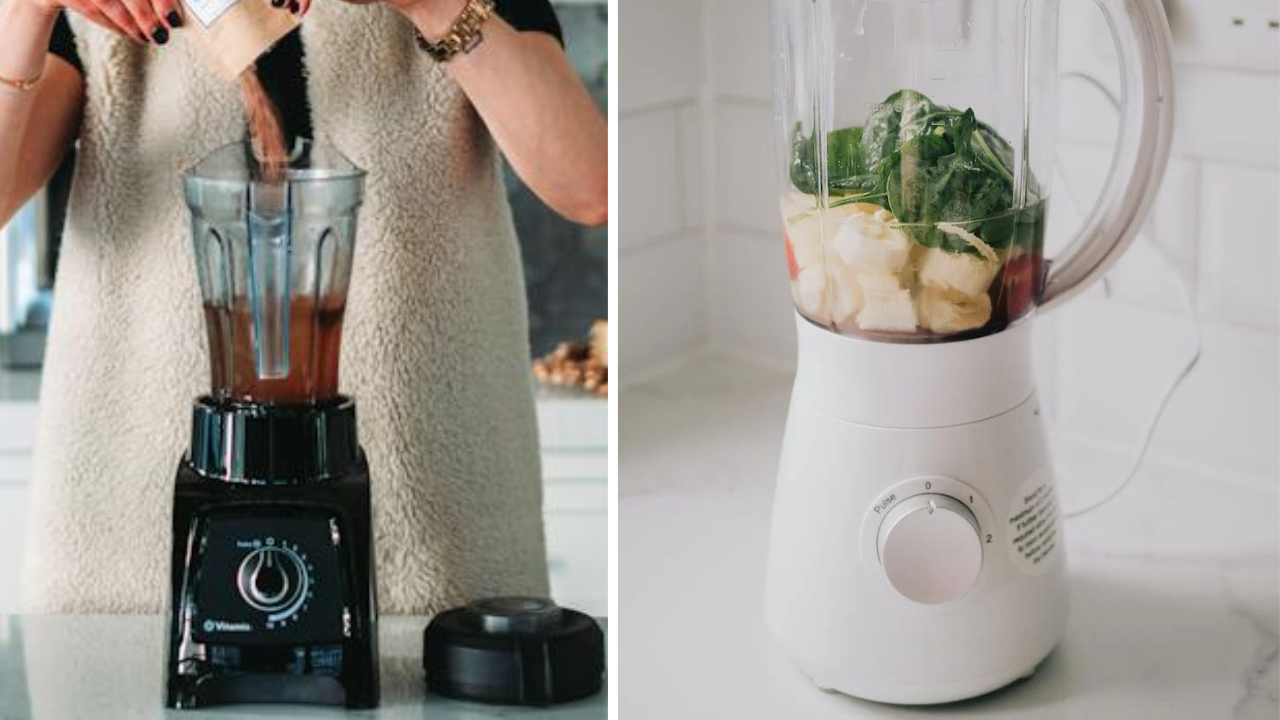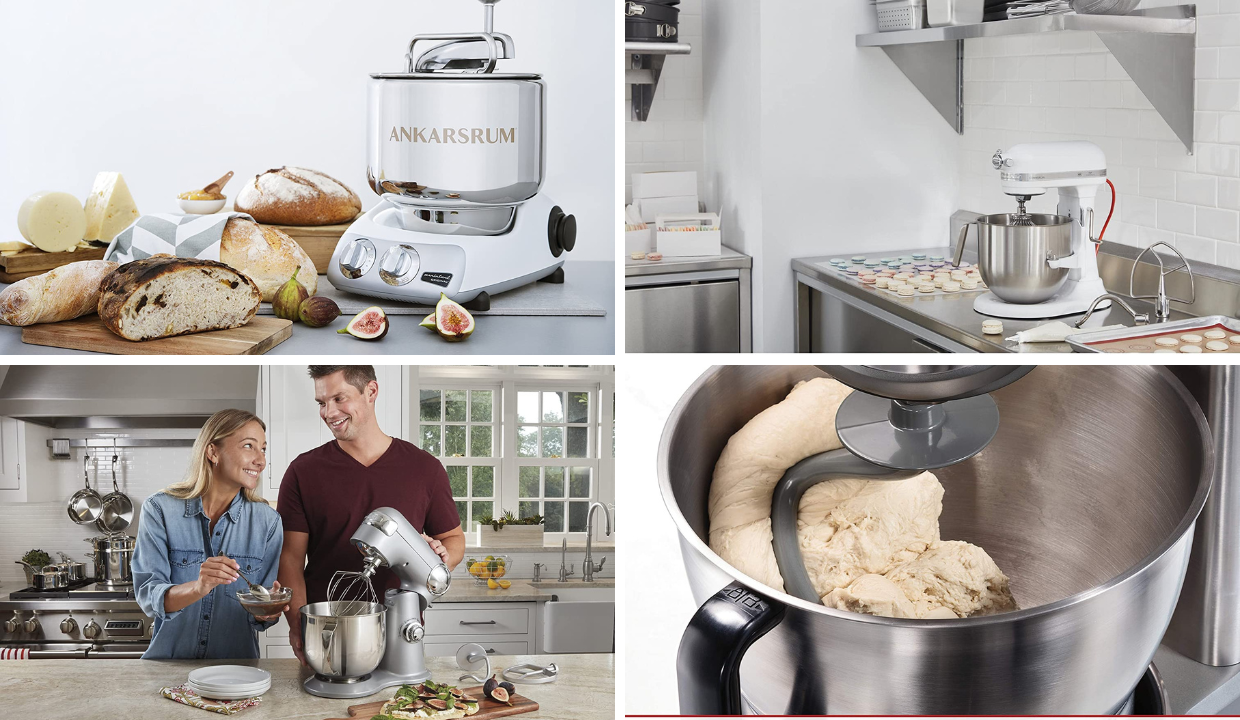Cleaning an immersion blender may seem like a daunting task, but it is actually quite simple once you know the proper steps.
An immersion blender, also known as a hand blender or stick blender, is a versatile kitchen tool that is used to blend soups, sauces, and other liquids directly in the pot or container.
Due to its design, cleaning an immersion blender can be a bit tricky, but with the right techniques, it can be done quickly and easily.
Understanding Your Immersion Blender Before you start cleaning your immersion blender, it is important to understand its components.
An immersion blender consists of a motor, a handle, and a blending attachment that includes a blade. The blade is the most important part to clean, as it is the part that comes into contact with food.
The handle and motor should also be cleaned, but they are less likely to have food residue on them.
Key Takeaways
- The blade of the immersion blender is the most important part to clean.
- The handle and motor should also be cleaned, but are less likely to have food residue on them.
- Understanding the components of your immersion blender is key to properly cleaning it.
Understanding Your Immersion Blender
An immersion blender, also known as a hand blender or stick blender, is a versatile kitchen tool that can be used for a variety of tasks, such as blending soups, sauces, and smoothies.
It consists of a motorized handle with a rotating blade at the bottom that can be immersed in a container to blend its contents.
When choosing an immersion blender, it is important to consider factors such as the power of the motor, the length of the shaft, and the type of blade.
Higher-powered motors are better suited for tougher blending tasks, while longer shafts can reach into deeper containers. Different types of blades can be used for different tasks, such as chopping, whisking, or pureeing.
Before using an immersion blender, it is important to read the manufacturer's instructions and safety guidelines.
Always make sure the blender is unplugged before attaching or detaching any parts, and never immerse the motorized handle in water.
In addition, it is important to clean the immersion blender properly after each use to ensure its longevity and prevent the growth of harmful bacteria.
This can be done by detaching the blending shaft and washing it with warm soapy water, or by using a dishwasher if the manufacturer's instructions allow for it.
The motorized handle can be wiped down with a damp cloth, but should not be submerged in water.
Overall, understanding the components and proper usage of an immersion blender is essential for achieving optimal blending results and ensuring its longevity.
How to easily deep clean an immersion blender | Start Simple End Strong
Pre-Cleaning Steps
Before cleaning an immersion blender, there are a few pre-cleaning steps that should be taken to ensure safety and effectiveness.
Unplugging the Appliance
The first step is to unplug the immersion blender from the power source. This is important to prevent any electrical accidents or injuries while cleaning the appliance.
Detaching the Blade
Next, the blade of the immersion blender should be detached from the motor unit. This can usually be done by twisting the blade counterclockwise until it comes loose. Once the blade is detached, it can be cleaned separately from the motor unit.
It is important to note that some immersion blenders have blades that are not detachable.
In this case, the blade should be carefully cleaned while still attached to the motor unit, taking care not to damage the blade or the appliance itself.
By following these pre-cleaning steps, the immersion blender can be safely and effectively cleaned, ensuring that it remains in good working condition for years to come.
Cleaning the Blade
When it comes to cleaning an immersion blender, the blade is one of the most important components to focus on. Here are the steps to clean the blade:
Soaking the Blade
First, fill a bowl with warm water and add a small amount of dish soap. Carefully detach the blending shaft from the motor unit and submerge the blade into the soapy water.
Allow it to soak for 10-15 minutes to loosen any food particles or residue.
Scrubbing the Blade
After soaking, use a soft-bristled brush or sponge to scrub the blade gently. Be sure to clean all sides of the blade, including the edges.
Avoid using abrasive materials that could damage the blade's surface.
Rinsing and Drying
Once the blade is clean, rinse it thoroughly with warm water to remove any soap residue.
Dry the blade with a clean towel or allow it to air dry completely before reattaching it to the motor unit.
By following these simple steps, you can ensure that your immersion blender's blade stays clean and in good condition, allowing you to use it for years to come.
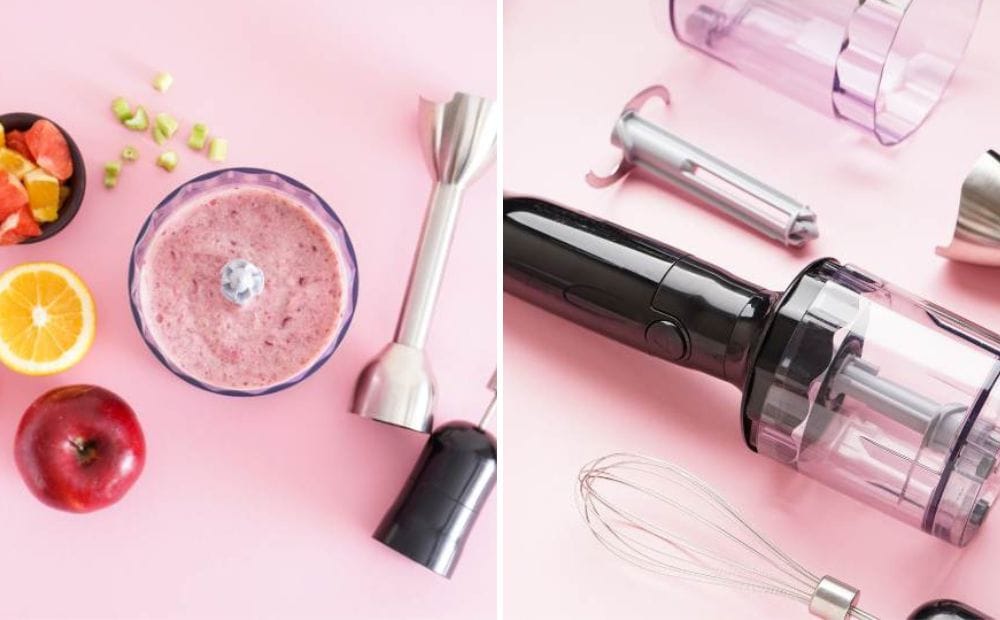
Cleaning an immersion blender after every use
Cleaning the Handle
When it comes to cleaning an immersion blender, it's important to pay attention to the handle.
This is the part of the blender that you hold onto while using it, and it can easily become dirty and greasy with use. Here are a few tips for cleaning the handle of your immersion blender:
Wiping the Handle
The easiest way to clean the handle of your immersion blender is to simply wipe it down with a damp cloth.
Make sure the cloth is not too wet, as excess water can damage the motor or other internal components of the blender. Use a gentle, non-abrasive cleaner if necessary to remove any stubborn stains or grease.
Avoiding Water Damage
One thing to keep in mind when cleaning the handle of your immersion blender is to avoid getting water inside the handle.
Most immersion blenders are not waterproof, and getting water inside can cause damage to the motor or other internal components. To avoid this, be careful not to submerge the handle in water or use too much water when cleaning it.
If you need to clean the handle more thoroughly, try removing it from the blender first. Many immersion blenders have handles that can be easily detached for cleaning.
Check the manufacturer's instructions for your specific model to see if this is possible. Once the handle is removed, you can clean it more thoroughly without worrying about damaging the motor or other internal components.
By following these simple tips, you can keep the handle of your immersion blender clean and in good condition for years to come.
Reassembling the Immersion Blender
After cleaning the immersion blender, it is important to reassemble it properly to ensure it works correctly. Here are the steps to follow:
- Check the instruction manual: Before reassembling the immersion blender, it is important to check the instruction manual to ensure that all parts are in the right place. If you have lost the manual, you can usually find it online by searching for the model number.
- Attach the blade: The first step in reassembling the immersion blender is to attach the blade. Make sure that the blade is aligned correctly and tightened securely.
- Reattach the shaft: Once the blade is attached, reattach the shaft to the motor unit. Ensure that the shaft is properly aligned and inserted all the way into the motor unit.
- Attach the blending arm: Next, attach the blending arm to the shaft. Ensure that the blending arm is properly aligned and tightened securely.
- Check for leaks: After reassembling the immersion blender, check for leaks by filling a container with water and immersing the blender in it. Turn on the blender and check for any leaks around the blade or blending arm.
By following these simple steps, you can ensure that your immersion blender is reassembled correctly and ready to use.
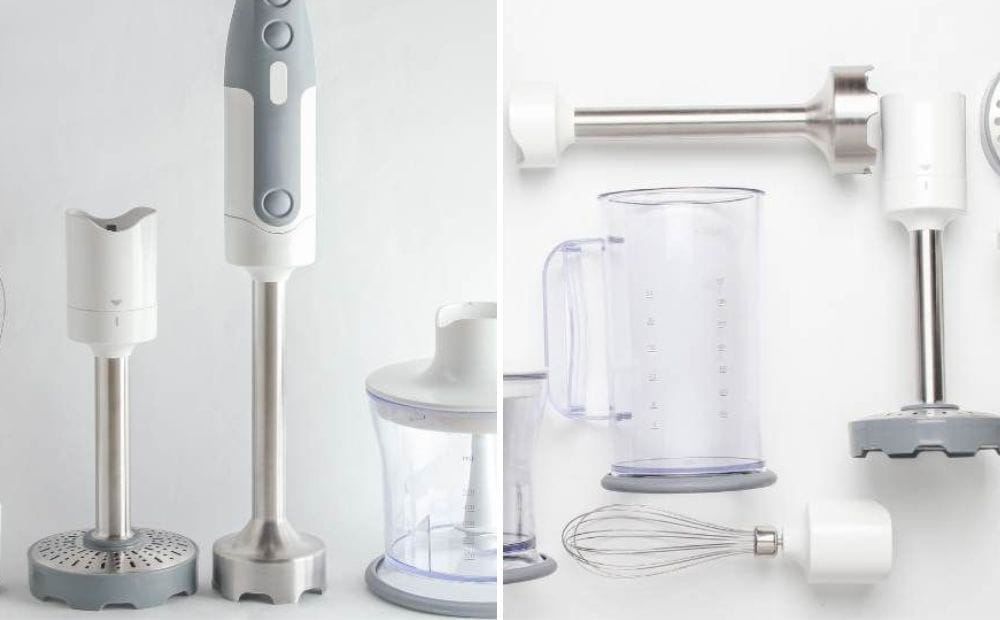
A handheld blender with attachments
Maintaining Your Immersion Blender
Regular Cleaning
To keep your immersion blender in good condition, it's important to clean it regularly.
After each use, detach the blending shaft from the motor unit and wash it with warm, soapy water. Use a soft sponge or cloth to remove any food residue or stains. Rinse the shaft thoroughly and dry it with a clean towel or cloth.
For tougher stains or residue, you can use a mixture of baking soda and water to clean the blending shaft.
Simply mix a tablespoon of baking soda with a cup of water, dip the shaft into the solution, and let it sit for a few minutes before rinsing and drying.
Proper Storage
When you're not using your immersion blender, it's important to store it properly to prevent damage or wear and tear.
Make sure the blending shaft is completely dry before storing it to prevent mold or mildew growth.
Store the immersion blender in a dry, cool place away from direct sunlight or heat sources. You can use the original packaging or a storage case to protect the blender from dust or scratches.
Avoid storing the immersion blender with the blending shaft attached to the motor unit, as this can cause the blades to become dull or damaged over time. Instead, detach the blending shaft and store it separately from the motor unit.
By following these simple maintenance tips, you can ensure that your immersion blender stays in good condition and lasts for years to come.
Frequently Asked Questions
What are the best ways to clean an immersion blender?
To clean an immersion blender, it is best to first detach the blending shaft from the motor body. Then, wash the blending shaft and any attachments in warm, soapy water. Use a soft sponge or cloth to gently scrub the blades and other surfaces. Rinse thoroughly and dry with a clean towel. For tougher stains, you can use a mixture of baking soda and water to scrub the blender. Never submerge the motor body in water.
How do you disassemble and clean a Breville Control Grip immersion blender?
To disassemble and clean a Breville Control Grip immersion blender, first, unplug the blender. Then, press the release button on the motor body and slide the blending shaft out of the motor body. Wash the blending shaft and attachments in warm, soapy water. Use a soft sponge or cloth to gently scrub the blades and other surfaces. Rinse thoroughly and dry with a clean towel. For tougher stains, you can use a mixture of baking soda and water to scrub the blender.
What are some tips for cleaning a Bosch hand blender?
To clean a Bosch hand blender, detach the blending shaft from the motor body and wash it in warm, soapy water. Use a soft sponge or cloth to gently scrub the blades and other surfaces. Rinse thoroughly and dry with a clean towel. For tougher stains, you can use a mixture of baking soda and water to scrub the blender. Never submerge the motor body in water. It is also important to clean the blender after each use to prevent buildup of food particles.
Can you put an immersion blender in the dishwasher?
Most immersion blenders are not dishwasher safe. It is best to wash the blending shaft and attachments in warm, soapy water and dry with a clean towel. Never submerge the motor body in water.
What are some common mistakes to avoid when cleaning an immersion blender?
One common mistake is to submerge the motor body in water. This can damage the motor and electrical components. Another mistake is to use abrasive cleaning tools, such as steel wool or harsh chemicals, which can scratch or damage the blender. It is also important to detach the blending shaft from the motor body before cleaning to prevent water from getting into the motor.
How often should you clean your immersion blender?
It is recommended to clean your immersion blender after each use to prevent buildup of food particles and bacteria. Regular cleaning can also help extend the life of your blender.
If you are in the market for a new blender, then check out our articles and top picks:
